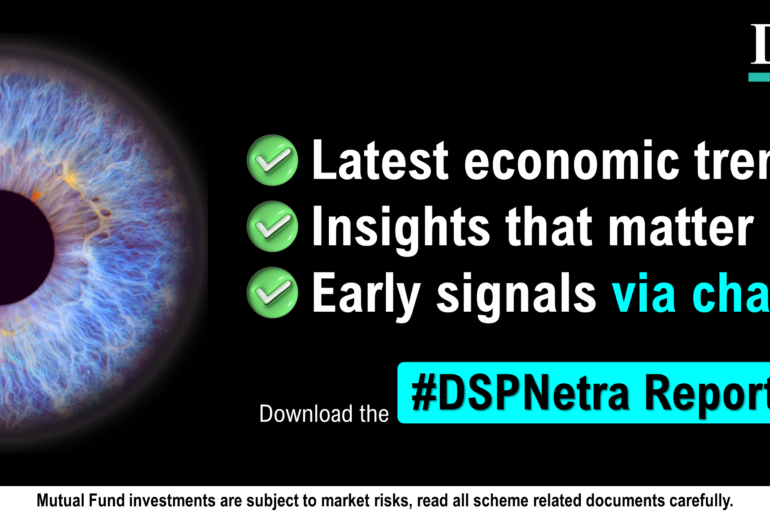Last Updated on Jan 31, 2023 by
When it comes to investing in the stock market, one of the most popular strategies is to invest in growth stocks. These are stocks of companies that are expected to grow at a faster rate than the overall market.
In India, growth stocks are becoming increasingly popular as more and more investors look to take advantage of the country’s rapidly growing economy. However, not all growth stocks are created equal, and it is important to know the right way to analyse them to make informed investment decisions. In this article, learn how to analyse growth stocks.
Analysing growth stocks
- The first step in analysing growth stocks is to look at the company’s financials. This includes things like revenue, earnings, and cash flow. It is important to look for companies with a strong track record of revenue and earnings growth and a positive cash flow. This is a sign that the company is financially healthy and has the ability to grow in the future.
You can visit Tickertape Stock Pages to analyse a company. Along with the stock’s historical performance, you get the company’s financial information under the ‘Financials’ tab.
- It is also important to look for companies with a high return on equity (ROE) and return on assets (ROA). These ratios measure a company’s profitability and efficiency, respectively, and a high ROE and ROA are good indicators of a company’s ability to generate returns for its shareholders. You can identify growth stocks using parameters like earnings per share (EPS), competitive edge, growing reserves, debt-to-equity ratio and, profit margin, ROE.
You can use Tickertape’s Stock Screener to get the ROE and ROA of a stock. You can filter the stocks based on these key parameters.
- Another important aspect to consider when analysing growth stocks is the company’s industry and market potential. Investors should look for companies that operate in sectors that are expected to experience significant growth in the future, such as technology or healthcare. They should also look for companies with a significant market share in their industry and a strong competitive advantage over their rivals.
One example of a growth stock in India is HDFC Bank. It is a leading private sector bank in India, it has a strong track record of revenue and earnings growth and a positive cash flow. HDFC Bank has also consistently generated high ROE and ROA, and it’s operating in the banking sector, which is expected to experience significant growth in the future.
- It’s also important to consider the company’s management and governance. A company’s management team plays a crucial role in its success, and investors should look for companies with a strong and experienced management team. It is also important to look for companies with good corporate governance practices, as this can help protect shareholder interests and ensure that the company’s management is acting in the best interest of its shareholders.
Conclusion
Analyzing growth stocks in India requires thoroughly examining the company’s financials, industry and market potential, management and governance. By taking these factors into consideration, investors can make informed decisions and identify growth stocks that have the potential to generate strong returns in the future.
This article is written by Sonam Srivastava, the Founder and CEO of Wright Research. Sonam has more than 9 yrs of professional experience in systematic portfolio management and quantitative trading. Click here to check Wright Research smallcases.
- The Right Way To Analyse Growth Stocks in India - Jan 24, 2023
- How To Use Valuation Ratios To Evaluate Stocks? - Jul 4, 2022
- Significance of Alpha and Beta of a Stock - Nov 22, 2021



